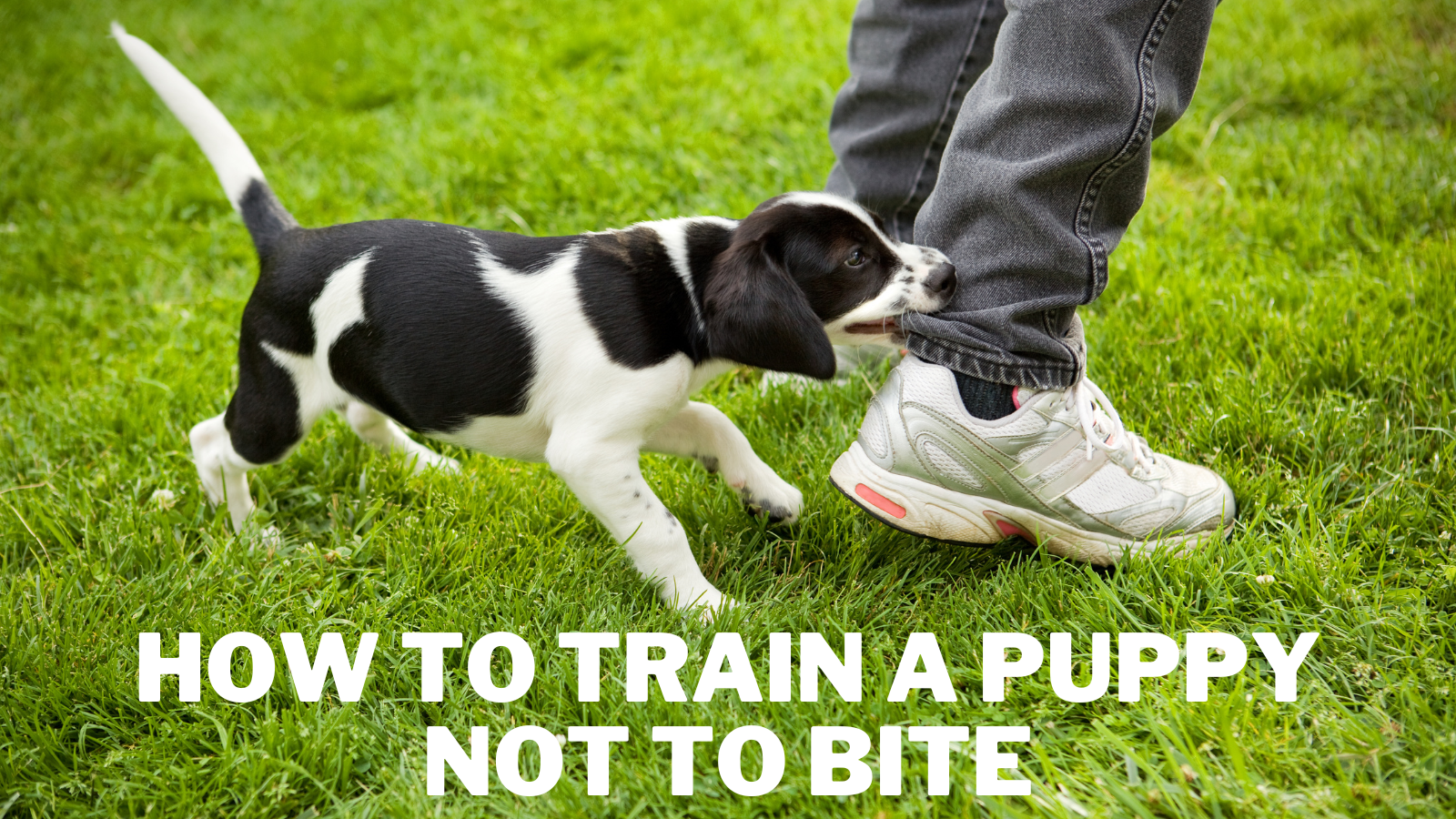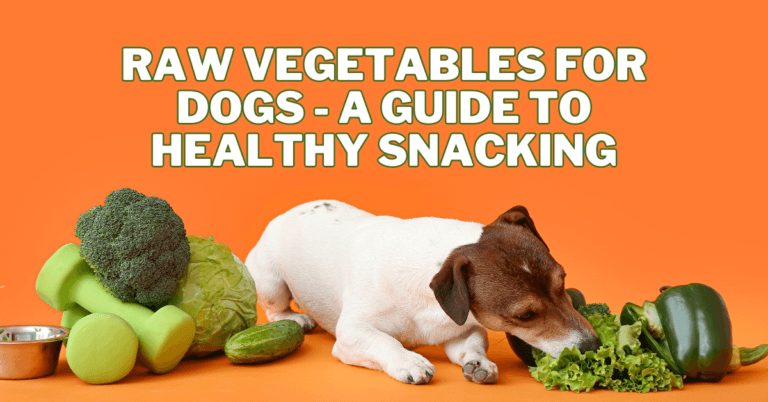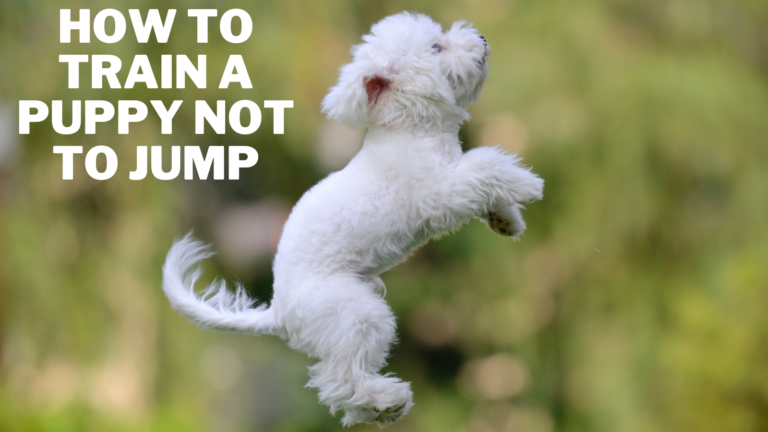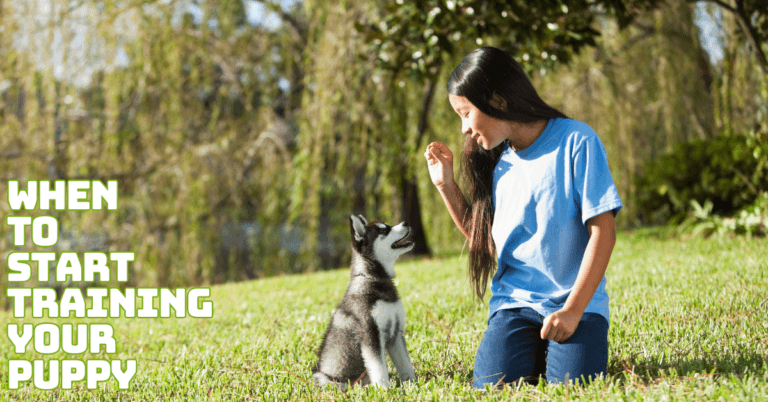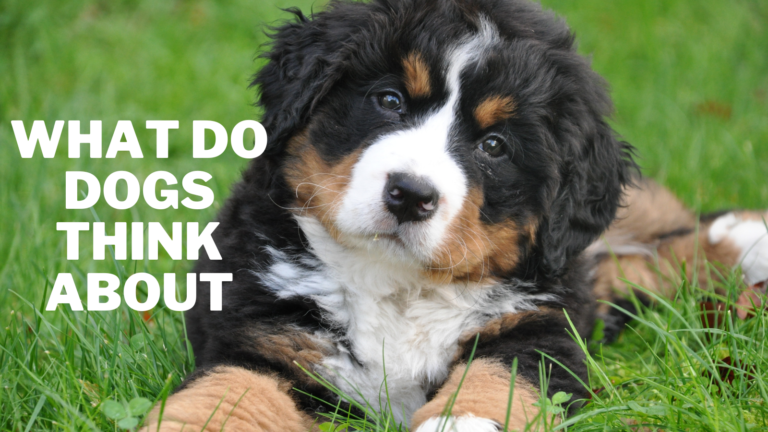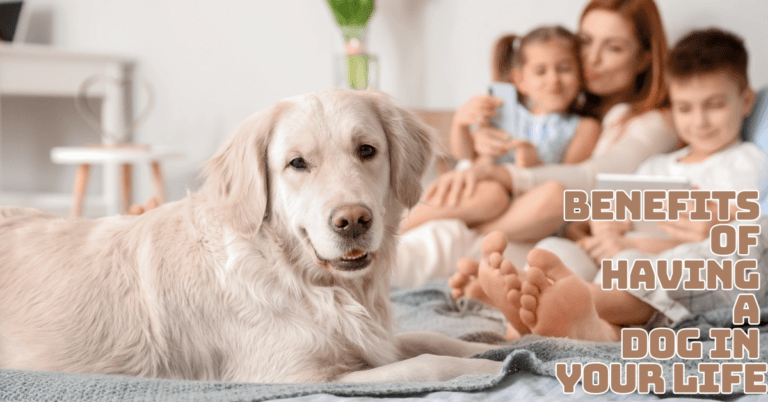How To Train A Puppy Not To Bite
How To Train A Puppy Not To Bite
Puppies are adorable, but they can also be very nippy. Puppy biting is a natural behaviour that puppies use to explore the world around them, play with their littermates, and assert dominance. While it may seem harmless initially, puppy biting can become a problem if not addressed early on. Here are some tips to help you train your puppy not to bite.
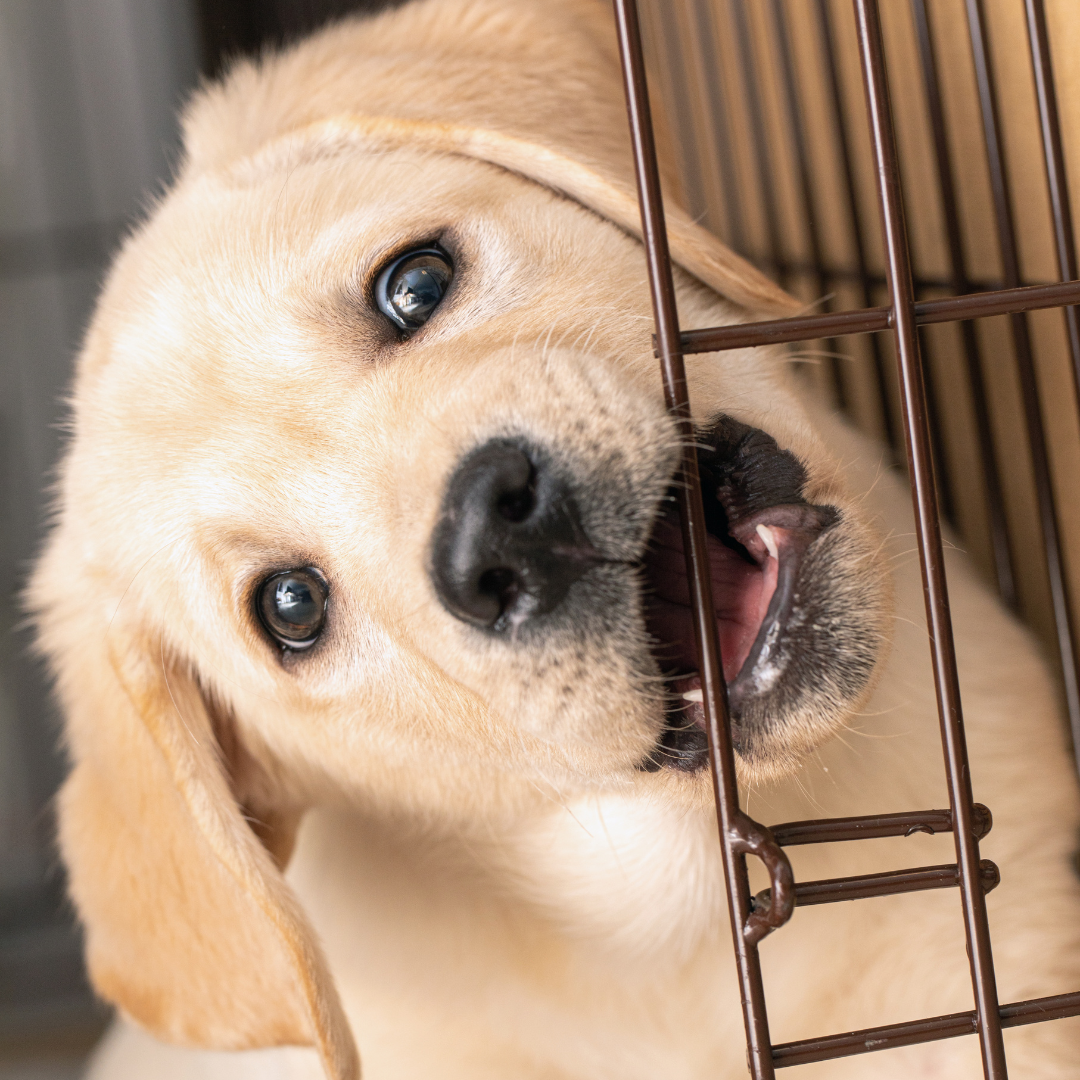
1. What Is A Puppy Bite?
A puppy bite is when a young dog uses its teeth to nip or bite on something, including a person, another animal, or an object. Puppy biting is a natural behaviour that puppies exhibit as they explore and interact with their environment. It is a way for them to learn and understand the world around them.
However, if not addressed properly, puppy biting can become a problem behaviour. It is important to teach puppies to control their biting behaviour and redirect their attention towards appropriate toys or objects to chew on instead of biting people or things they shouldn't. This is known as bite inhibition training, a crucial aspect of puppy socialization and training.

2. Understand Why Puppies Bite
Teething is a common reason why puppies bite. Just like human babies, puppies experience discomfort and pain when their adult teeth start to come in. Chewing on objects helps relieve this discomfort. However, if your puppy cheats on inappropriate items, such as furniture or shoes, this behaviour must be redirected to appropriate chew toys.
Exploration is another reason why puppies bite. Puppies use their mouths to explore the world around them. They may nip or bite objects or people to learn more about them. This behaviour is natural but must be redirected to appropriate toys and things. Providing your puppy with various toys to explore and play with can help satisfy their curiosity.
Play is also a reason why puppies bite. Puppies love to play, and biting is a natural part of their play behaviour. However, puppies need to learn that biting is not acceptable to play with. Encouraging gentle play with soft toys and rewarding good behaviour can help redirect their play-biting behaviour.
It's important to note that some puppies may bite due to fear or aggression. If you suspect your puppy's biting behaviour is due to fear or aggression, seek professional help from a dog trainer or behaviourist. They can help identify the root cause of the behaviour and provide you with effective strategies to address it.
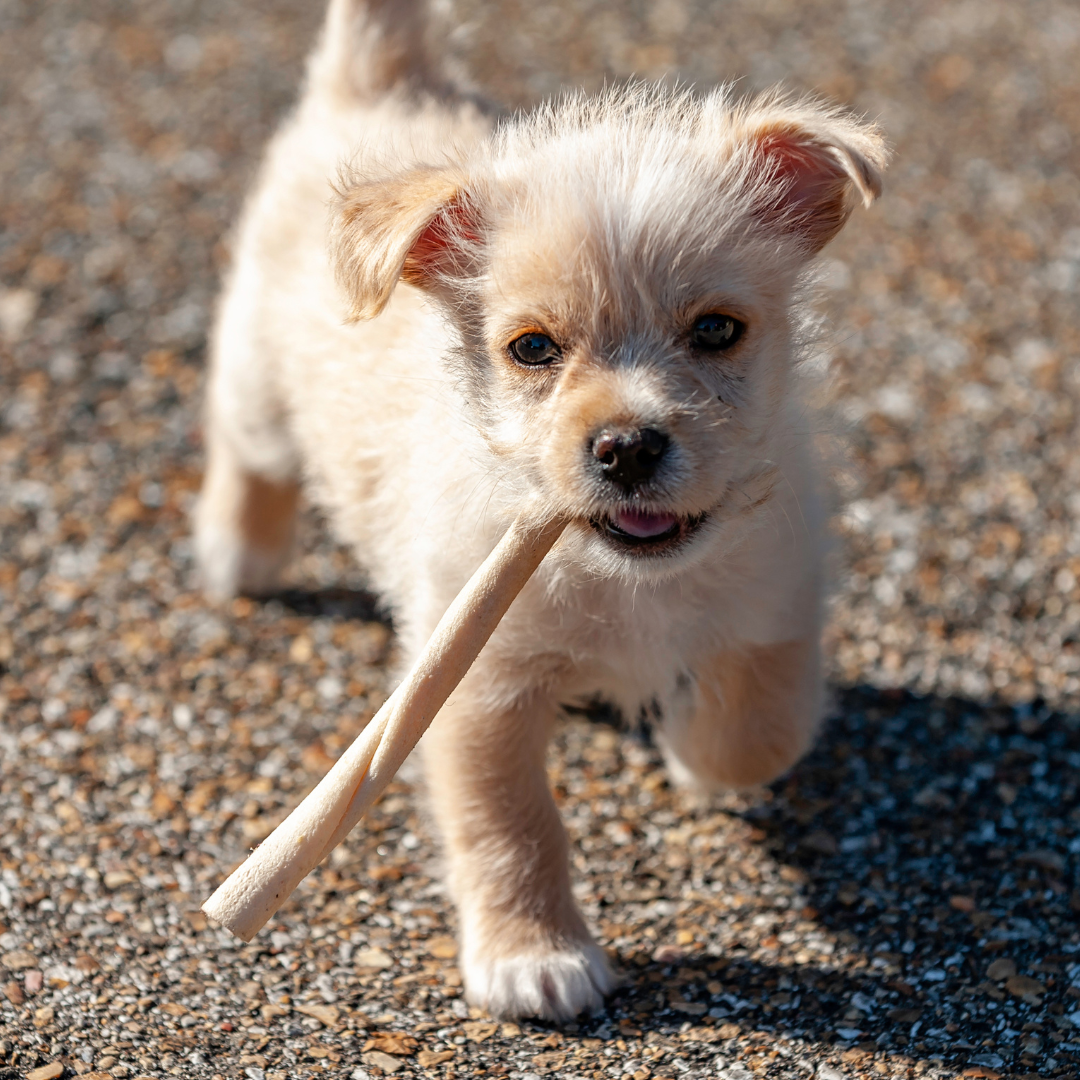
3. Provide Appropriate Chew Toys
Choose one appropriate for your puppy's size and age. Toys that are too small can be a choking hazard, while toys that are too big can be difficult for your puppy to play with.
Look for toys that are durable and can withstand your puppy's chewing. Too easily destroyed toys may not be safe and can lead to choking or digestive issues.
Puppies may prefer certain textures when it comes to chewing toys. Some may prefer soft toys, while others may prefer hard toys. Experiment with different textures to see what your puppy likes.
Offer a variety of chew toys to keep your puppy interested and engaged. Rotate their toys regularly to prevent boredom.
Always supervise your puppy when they are playing with chew toys. Check toys regularly for signs of wear and tear and replace them when necessary.
Providing your puppy with appropriate chew toys can redirect their biting behaviour and satisfy their urge to chew safely and constructively. Be patient and consistent in providing chew toys, and praise and reward them for using them appropriately. Your puppy will learn to chew on appropriate items and become a well-behaved companion with time and effort.
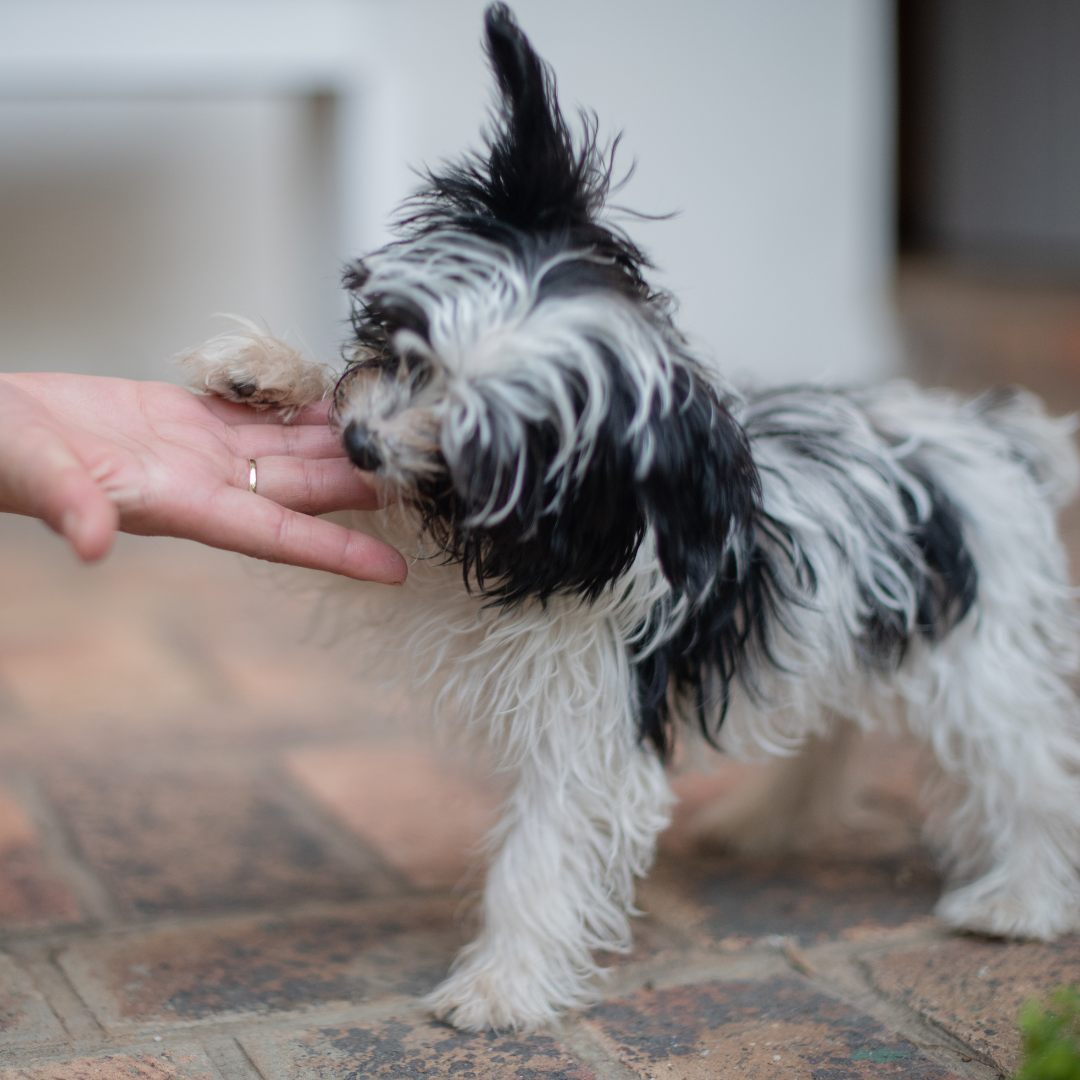
4. Encourage Gentle Play
Use soft toys: Soft toys such as plush or stuffed animals are good options for gentle play. These toys are less likely to encourage aggressive behaviour.
Use a command such as “take it easy” or “gentle” when playing with your puppy. When they play too rough, use the command to redirect their behaviour to a more gentle play style. Praise and reward your puppy when they play gently. Use treats or verbal praise to reinforce good behaviour.
If it is during playtime, immediately stop playing and ignore them for a few minutes. This will help your puppy learn that biting leads to the end of playtime.
Providing structured playtime can teach your puppy appropriate play behaviour. For example, playing fetch or tug-of-war with a rope toy can help channel their energy and encourage appropriate play behaviour.
Encouraging gentle play can help teach your puppy that biting is not an acceptable form of play. Be patient and consistent in your training, and remember to reward good behaviour. Your puppy will learn to play gently and become a well-behaved companion with time and effort.
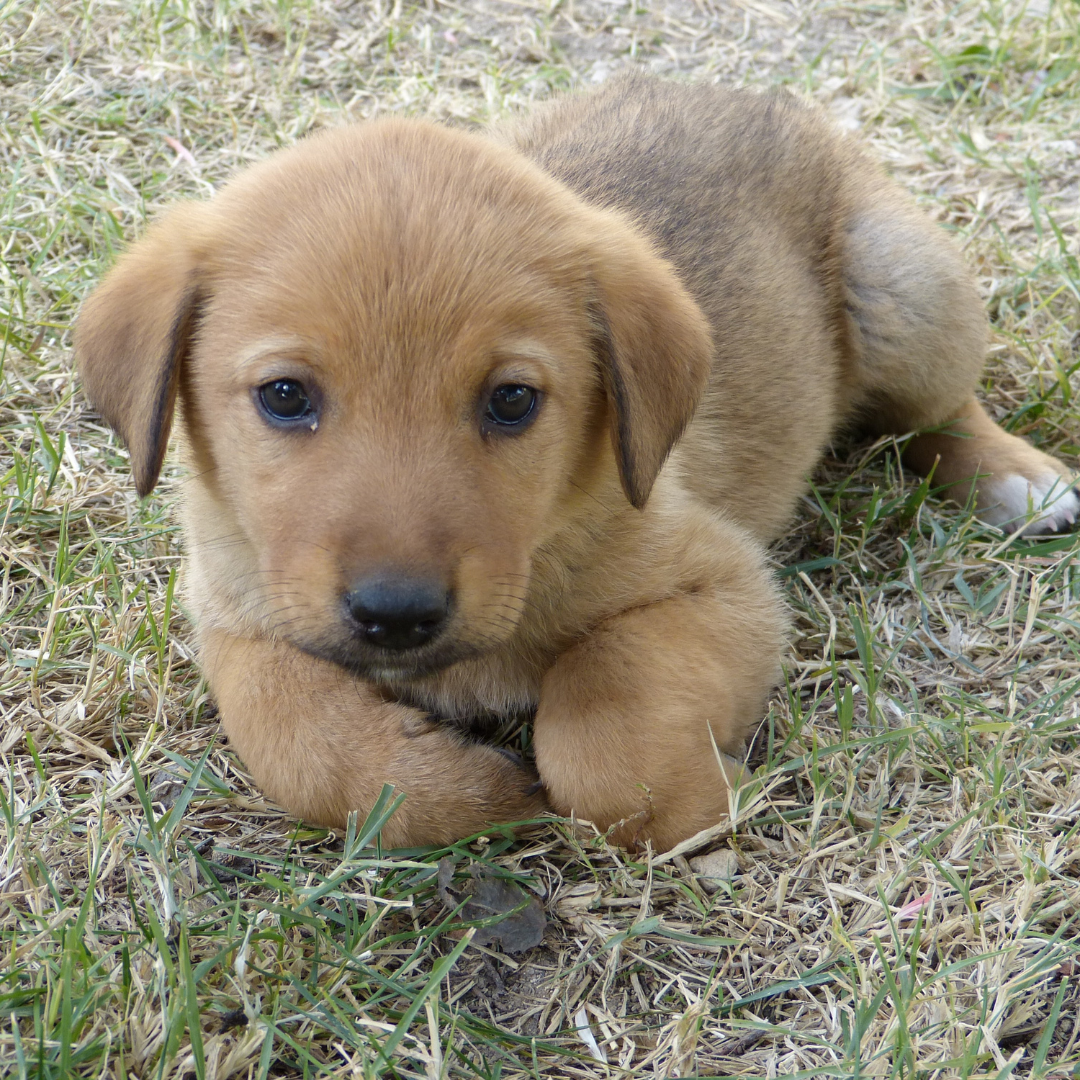
5. Use Positive Reinforcement
Positive reinforcement is an effective method of training that rewards good behaviour with positive stimuli, such as treats, praise, or affection. Here's how to use positive reinforcement to train your puppy not to bite:
Whenever your puppy exhibits good behaviour, such as playing gently or chewing on appropriate toys, reward them with a treat, verbal praise, or a pat on the head.
Treats can be a powerful motivator but use them sparingly to avoid overfeeding your puppy. Choose small, healthy treats that your puppy enjoys.
Use positive reinforcement consistently to reinforce good behaviour. Consistency is key to successful training. Training takes time and patience. Be patient with your puppy, and remember that they are still learning and growing.
Using positive reinforcement to train your puppy not to bite can be a rewarding experience for both you and your furry friend. Be consistent and patient, and use rewards wisely to encourage good behaviour. Your puppy will learn to exhibit appropriate behaviour and become a well-behaved companion with time and effort.
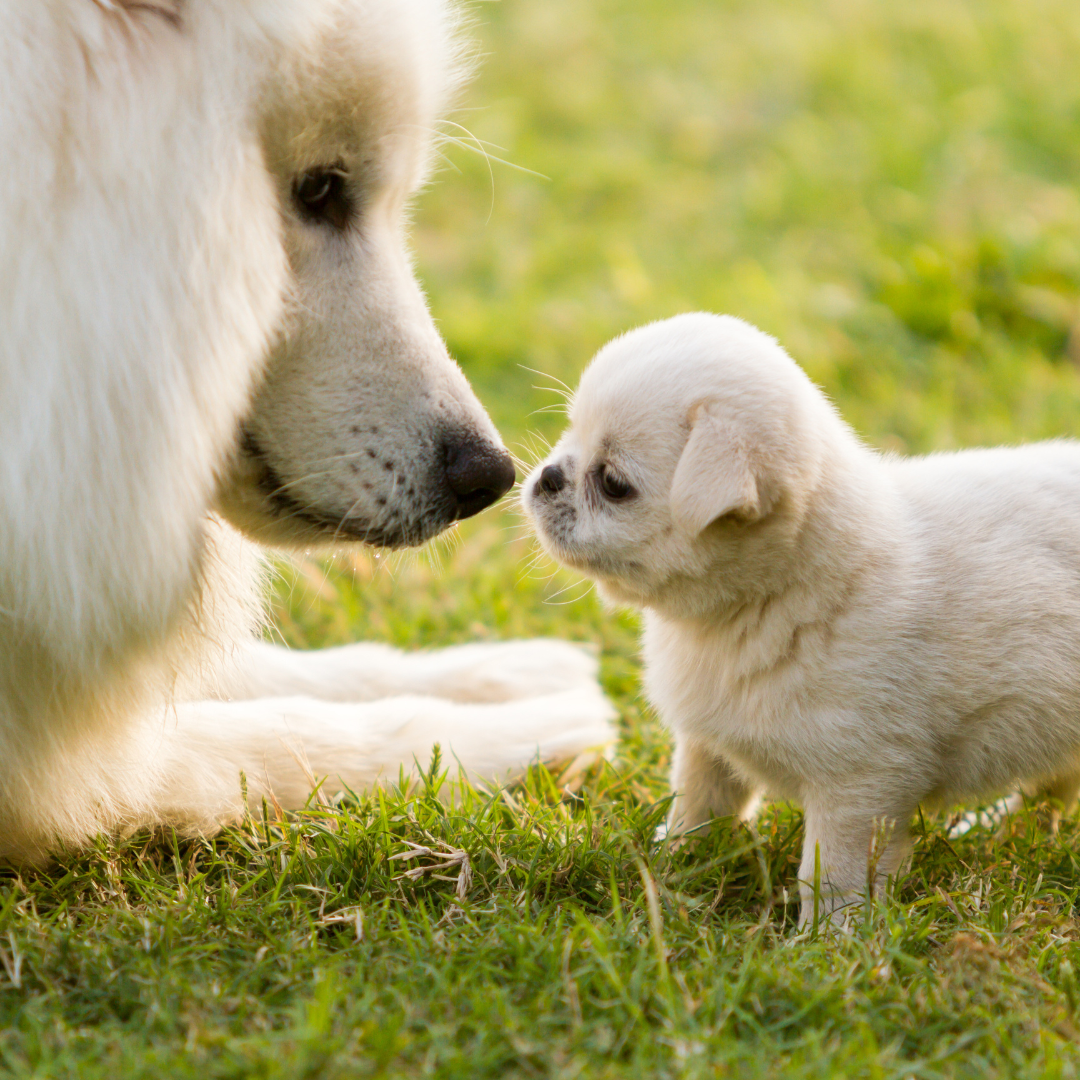
6. Avoid Punishment
It's important to avoid punishment when training your puppy not to bite. Punishing your puppy for chewing can lead to fear, anxiety, and even aggression, and it doesn't effectively teach them what they should be doing instead. Here are some reasons why punishment is not an effective approach:
When you punish your puppy, it may become afraid of you or anxious about its environment. This can make it harder for them to learn, leading to more biting behaviour.
When you punish your puppy for biting, you tell them what not to do. You're not teaching them what they should be doing instead, such as chewing on appropriate toys or playing gently.
Punishment can make your puppy afraid of you and damage your bond with your furry friend. This can make it harder to establish trust and respect, which are important for effective training.
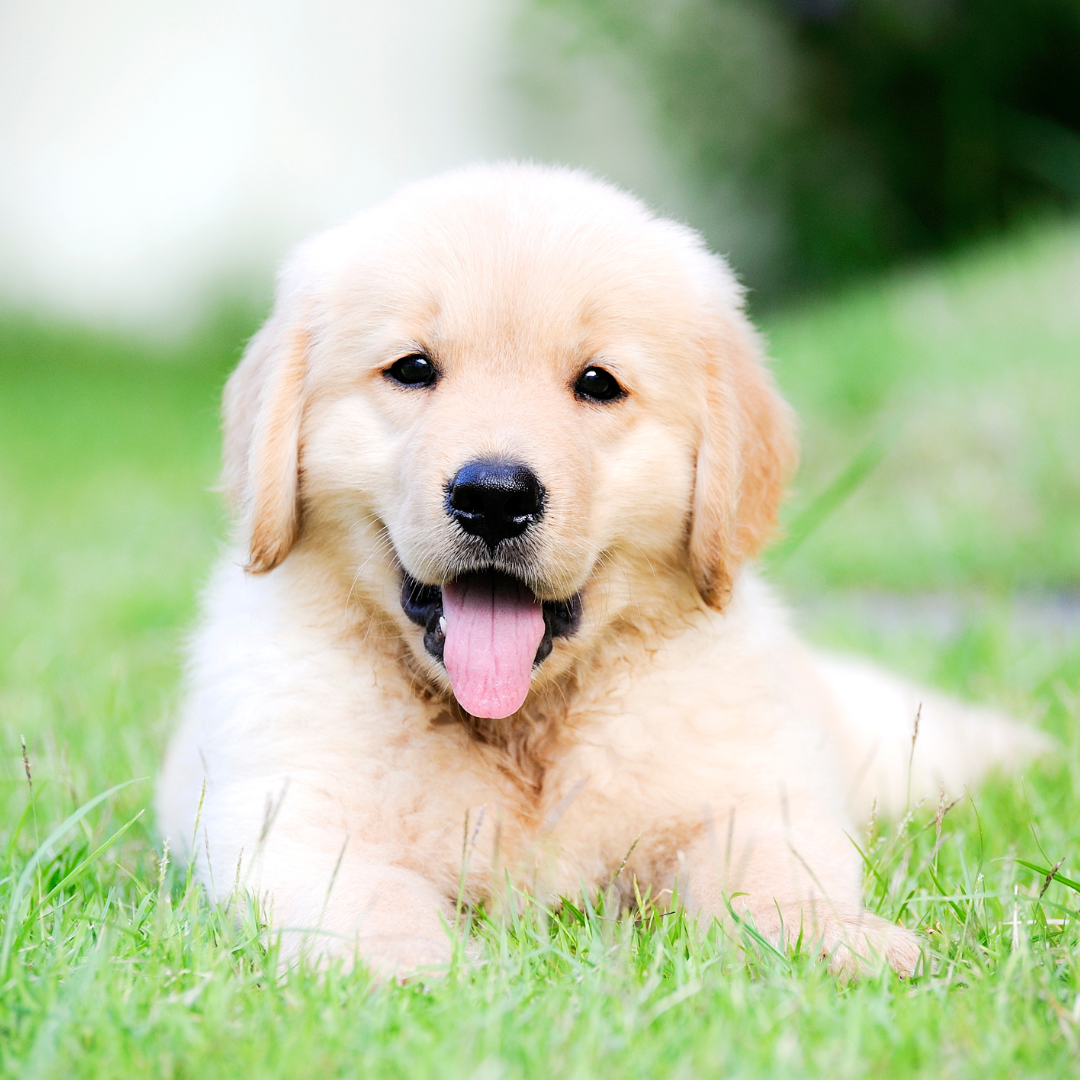
7. Be Consistent
Consistency is essential when training your puppy not to bite. Here are some ways to be consistent in your approach:
- Decide what behaviour is acceptable and what is not. Ensure everyone in your household is on the same page and enforces the same rules. For example, decide whether your puppy is allowed on the furniture and whether they are allowed to chew on certain items.
- Use the same commands consistently, such as “no biting” or “gentle.” This will help your puppy understand what is expected of them and what behaviour is unacceptable.
- Reward your puppy for good behaviour consistently with treats, praise, and affection. This will reinforce the behaviour and encourage your puppy to continue behaving appropriately.
- When your puppy starts to bite, redirect their attention to an appropriate chew toy or game. This will teach them what they should be doing instead of biting.
By being consistent in your approach, your puppy will learn what behaviour is acceptable and what is not. They will learn to associate appropriate behaviour with positive rewards and stop biting altogether. Remember to be patient and consistent; your puppy will grow into a well-behaved and loving companion.
8. Seek Professional Help If Needed
If your puppy continues to bite despite your efforts to train them, it may be necessary to seek professional help from a dog trainer or behaviourist. Here are some reasons why seeking professional help is important:
- Professional dog trainers and behaviourists have specialized knowledge and experience working with dogs of all breeds and temperaments. They can assess your puppy's behaviour and provide customized training plans and techniques tailored to your puppy's specific needs.
- Sometimes, biting behaviour can be a symptom of an underlying issue, such as fear or anxiety. A professional can help you identify and develop a plan to address any underlying issues.
- Training your puppy not to bite is a process that takes time and patience. A professional can provide ongoing support and guidance as you work through the training process.
If you're considering seeking professional help, look for a certified dog trainer or behaviourist in your area. Check their qualifications, experience, and references before choosing someone to work with. With the right professional help, you can help your puppy overcome their biting behaviour and develop into a well-behaved and happy companion.
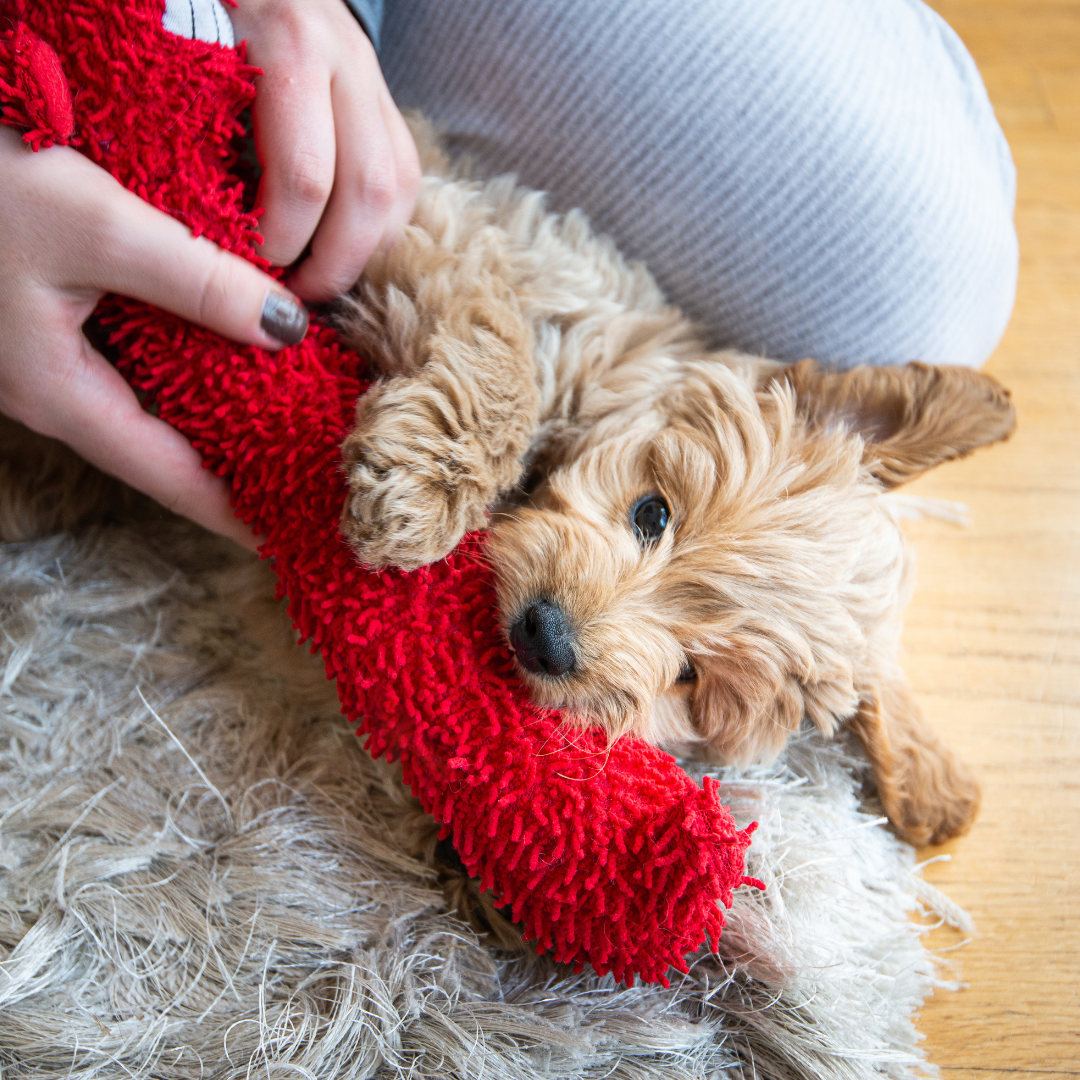
9. Teach Your Puppy Bite Inhibition
Teaching bite inhibition is important in training your puppy not to bite. Here are some details on how to teach this skill:
- Begin by playing gently with your puppy and encouraging them to play without biting. Use soft toys or other gentle games, such as fetch or tug-of-war.
- If your puppy bites too hard, let out a yelp or say “ouch” to let them know it hurts. This mimics the behaviour of their littermates, who will yelp or whimper if bitten too hard.
- If your puppy continues to bite too hard, stop playing and ignore them for a few minutes. This teaches them that biting too hard results at the end of playtime.
- As your puppy learns to control the force of their bite, gradually increase the pressure by playing slightly rougher. Continue to use the yelping and stopping technique if they bite too hard.
- When your puppy plays without biting or bites gently, reward them with treats, praise, and affection. This reinforces good behaviour and encourages them to continue playing gently.
Remember, teaching bite inhibition is a gradual process that requires patience and consistency. With time and practice, your puppy will learn to control the force of their bite and play without biting too hard.

10. Socialize Your Puppy
Socializing your puppy is essential to their development and can help reduce biting behaviour. Here are some details on how to socialize your puppy:
- It's important to start socializing your puppy as early as possible, ideally between 3-14 weeks. This is when they are most receptive to new experiences and less likely to develop fear or aggression.
- Expose your puppy to various experiences, such as different environments, sounds, smells, and textures. This will help them become more comfortable with new things and less likely to become fearful or aggressive.
- Take your puppy to puppy classes, dog parks, and other places where they can interact with other dogs and people. Start with supervised play sessions and gradually increase the duration and intensity of the interactions.
- Watch your puppy's body language during social interactions. Remove them from the situation if they seem fearful or uncomfortable, and try again later. If they start to become aggressive, end the interaction immediately.
- When your puppy interacts with other dogs and people without biting or aggressive behaviour, reward them with treats, praise, and affection. This reinforces good behaviour and encourages them to continue socializing positively.
Remember, socializing your puppy is an ongoing process that requires patience and consistency. Exposing them to new experiences and positive social interactions can help reduce biting behaviour and promote a happy and well-adjusted puppy.

11. Use A Non-Toxic Puppy Repellent
To use a bitter spray, choose a safe spray for dogs that won't harm your furniture or other items. Follow the instructions on the bottle to apply the spray to the areas your puppy likes to chew on. It's important to reapply the spray regularly, as the taste will wear off over time.
When Sadie was small, we used to make our own spray. However, we didn't use it very long. Since I am working from home, I was able to supervise her all the time.
Non-toxic & gentle puppy-repellent
Ingredients:
- Clean spray bottle: 1
- Cold water: 1½ cups (we use reverse osmosis from our tap)
- Distilled white vinegar: 2 tablespoons
- Citrus-scented essential oil: 20 drops (we use either grapefruit or lemon)
Mix the ingredients and shake well. Then we sprayed it wherever we wanted Sadie to stay away from. It worked very well and is non-toxic for puppies and gentle on furniture.
Remember that a (bitter) spray is not a substitute for providing appropriate chew toys and teaching your puppy what is appropriate to chew on.
It should be used as a temporary solution while you work on training your puppy not to bite or chew on inappropriate items. Over time, your puppy should learn to chew only on their toys and leave other items alone.

12. Exercise Your Puppy
Exercise is an essential part of a puppy's routine, and it can help reduce biting behaviour by providing them with an outlet for their energy. A tired puppy is less likely to engage in destructive behaviours, including biting.
To provide your puppy with enough exercise, aim for at least 30 minutes to an hour of exercise each day. This can include walks, playtime in the backyard, fetch, and other games that get your puppy moving.
Remember that puppies have different exercise needs depending on their breed, age, and size. Consult with your veterinarian to determine the appropriate exercise routine for your puppy.
In addition to physical exercise, mental stimulation is also important for your puppy's well-being. Puzzle toys, training exercises, and other brain games can help tire your puppy out and reduce biting behaviour.
Providing your puppy with plenty of exercises and mental stimulation can help them be happier and healthier while reducing unwanted behaviours like biting.
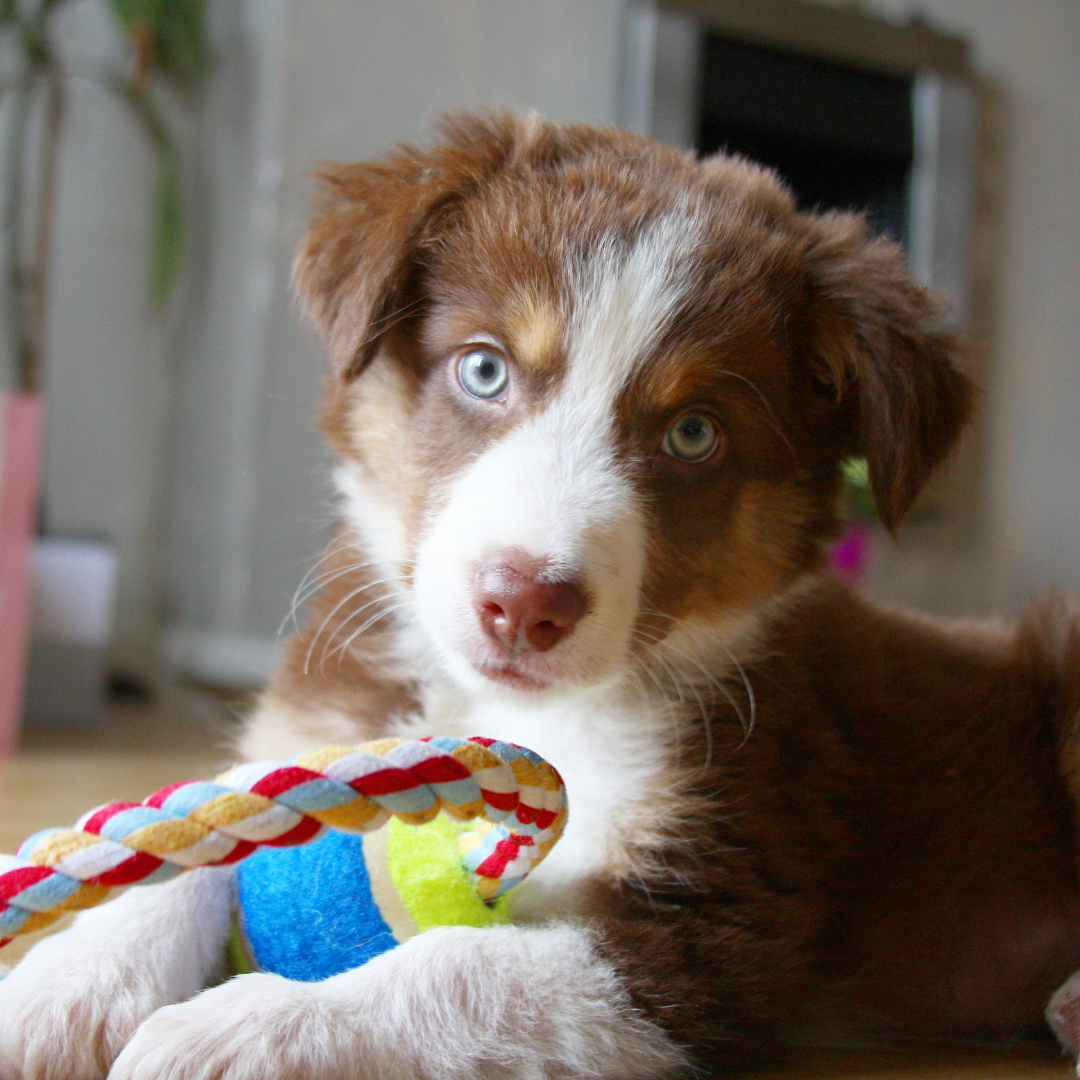
13. Be Patient
It's important to remember that puppies are still learning and exploring the world around them. Biting is a natural behaviour for them, but it's important to teach them what is appropriate to chew on and what isn't.
By providing appropriate chew toys, encouraging gentle play, using positive reinforcement, avoiding punishment, being consistent, teaching bite inhibition, socializing your puppy, using a bitter spray, and exercising your puppy, you can effectively train your puppy not to bite.
However, training a puppy not to bite requires patience and consistency. It may take some time for your puppy to learn, and there may be setbacks. It's important to stay positive and continue to work with your puppy to help them learn the appropriate behaviours.
Following these tips and being patient can help your puppy develop good habits and become a well-behaved and happy companion.
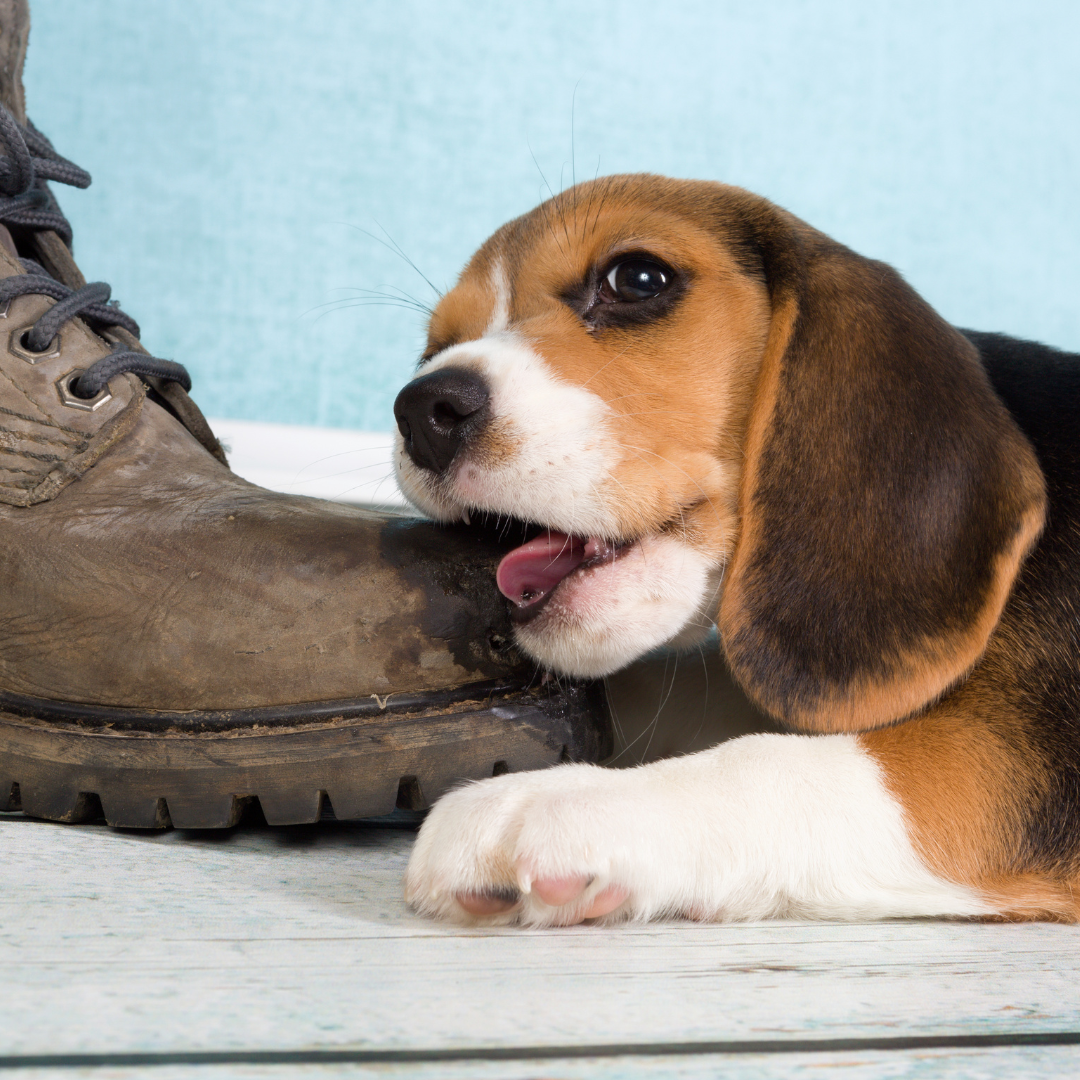
Conclusion
Teaching your puppy not to bite is essential to their training and socialization. Puppies naturally explore their environment through biting and mouthing, but they can learn appropriate behaviours with consistent training and positive reinforcement.
It's important to understand why your puppy is biting, provide appropriate chew toys, encourage gentle play, use positive reinforcement, avoid punishment, be consistent, teach bite inhibition, socialize your puppy, use a bitter spray when needed, and exercise your puppy regularly.
Remember, puppies require patience, consistency, and positive reinforcement to learn new behaviours. With time, your puppy will learn not to bite and be a happy and well-behaved family member. If you're having trouble training your puppy not to bite, don't hesitate to seek professional help from a dog trainer or behaviourist.
I trust you enjoyed this article on How To Train A Puppy Not To Bite. Please stay tuned for more blog posts to come shortly.
JeannetteZ
>>>Please click here to read my article on A Full Overview Of Dogs And Their Activity<<<
>>>Brain Training For Dogs Review<<<
My #1 Dog Training Recommendation
Your Opinion Is Important To Me
Thoughts? Ideas? Questions? I would love to hear from you. Please leave me your questions, experience, and remarks about this article on How To Train A Puppy Not To Bite in the comments section below. You can also reach me by email at Jeannette@Close-To-Nature.org.
Disclosure
This post may contain affiliate links. I earn from qualifying purchases as an Amazon Associate and other affiliate programs. Please read my full affiliate disclosure.
You might also enjoy these blog posts:
The 26 Best Non-Toxic Dog Beds
Boost Your Peas In Containers With These 12 Tips
8 Best Guarded Secrets About Onions In Containers
9 Creative Ways To Grow Eggplants In Containers

